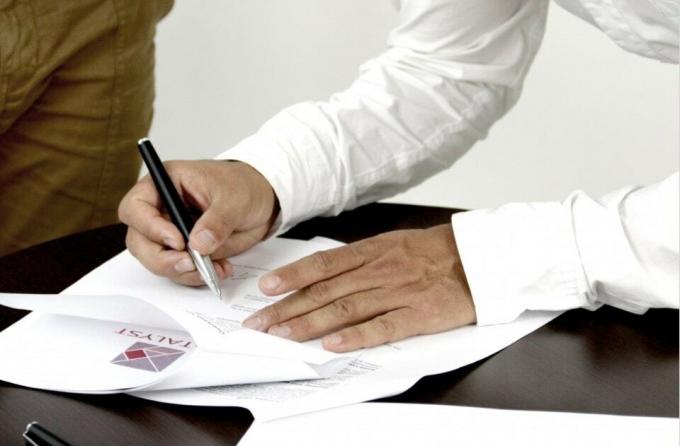The financial health of a company can be analyzed by reviewing its status: its active or the rights and assets who owns, his liabilities or obligations and debts, its net worth or own resources such as the contribution of partners, benefits to be distributed and similar items.
Each of these blocks groups similar items according to pre-established criteria, for example, assets are divided into stream Y not current, depending on whether it is short or long term, that is, it has liquidity less than or greater than one year.
Advertisements
This article focuses on the former, the ones with the highest convertibility.

Advertisements
In this article you will find:
Current Assets Concept
The current or circulating, is themost liquid asset, which is converted into money more easily and quickly, since they do not remain in the company for more thanone year, they are used, converted or consumed at short term in the daily activities of the company.
Its importance lies in the possibility that a company has to carry out assets or dispose of them within its normal operating cycle, which allow you to honor debts or unforeseen events related to your business and that imply the disbursement of monetary resources without restrictions.
Advertisements
Classification of Current Assets
To classify this asset item, the criteria of nature and liquidity are considered. Likewise, then current assets can be:
- Available: The most liquid of all, are those used by the company to finance its day-to-day operations, it is the money it has in cash, petty cash, banks, investments and short-term deposits.
- Enforceable: Right of the company in the short term to collect from its debtors, they are accounts, documents and receivables generated by the financing or credit that it offers to its clients, related companies, employees or shareholders, also interests and leases receivable, as well as taxes to be compensated or tax credit in favor of the business.
- Realizable: Stock, inventories and merchandise destined for sale, is the current asset with less liquidity since to become money it must be made or sold, also short investments term, livestock, crops, assets for sale and other non-financial assets that will not be settled in cash, such as advances and claims to suppliers, insurance or interest pre paid.
When analyzing the current active It is possible to determine the proper functioning of a company, in this case it is necessary to compare its total amount with the of current liabilities, or the item of the statement of situation that contemplates the debts that the organization must pay in the short term.
Advertisements
The first thing to consider is that current assets are greater than current liabilities, that is, During the period being analyzed, the company has more resources available than outstanding debts due to to pay.
However, it is also important to take into account other aspects:
- The total of current active is less than the total of current liabilities, this means that the company does not have the necessary and sufficient liquidity to pay all of its short debts term, it is a careful situation since it could represent insolvency, possible liens and legal problems with your creditors.
- Both current assets and liabilities have the same amount, it is also a situation of care, although not so serious like the previous one, however, the company runs the risk of falling into it if any of its clients or debtors does not pay weather.
Calculation of Current Assets
Determine the amount of the current active It's very easy and simple. For this, it is only required to be very attentive and follow the following steps below:
Advertisements
- Determine the subtotals for each item of current assets:
- Cash
- Box
- Small boxes
- Banks
- Temporary financial investments
- Negotiable values
- Accounts Receivable
- Documents and receivables
- Inventory of raw materials
- Inventory of products in process
- Goods
- Prepaid expenses
- Other liquid assets
- Sort the current asset items from highest to lowest according to their liquidity, that is, place the cash at the beginning followed by those that turn into money more quickly
- Carry out the algebraic sum of all the items of current assets ordered in the previous point
- The total obtained is the amount to which the current assets of the company amount
In conclusion, it is very important to remember that the healthiest thing for any type of organization is that this amount exceeds the total current liabilities. This demonstrates your ability to pay short term without interfering or altering the smooth running of the business.
On the other hand, the solvency of a company is your endorsement for any request for financing, with which you can meet objectives related to its expansion. Likewise, it may meet objectives related to the acquisition of goods or services, increase your production, develop new lines of your product or carry out new projects.


